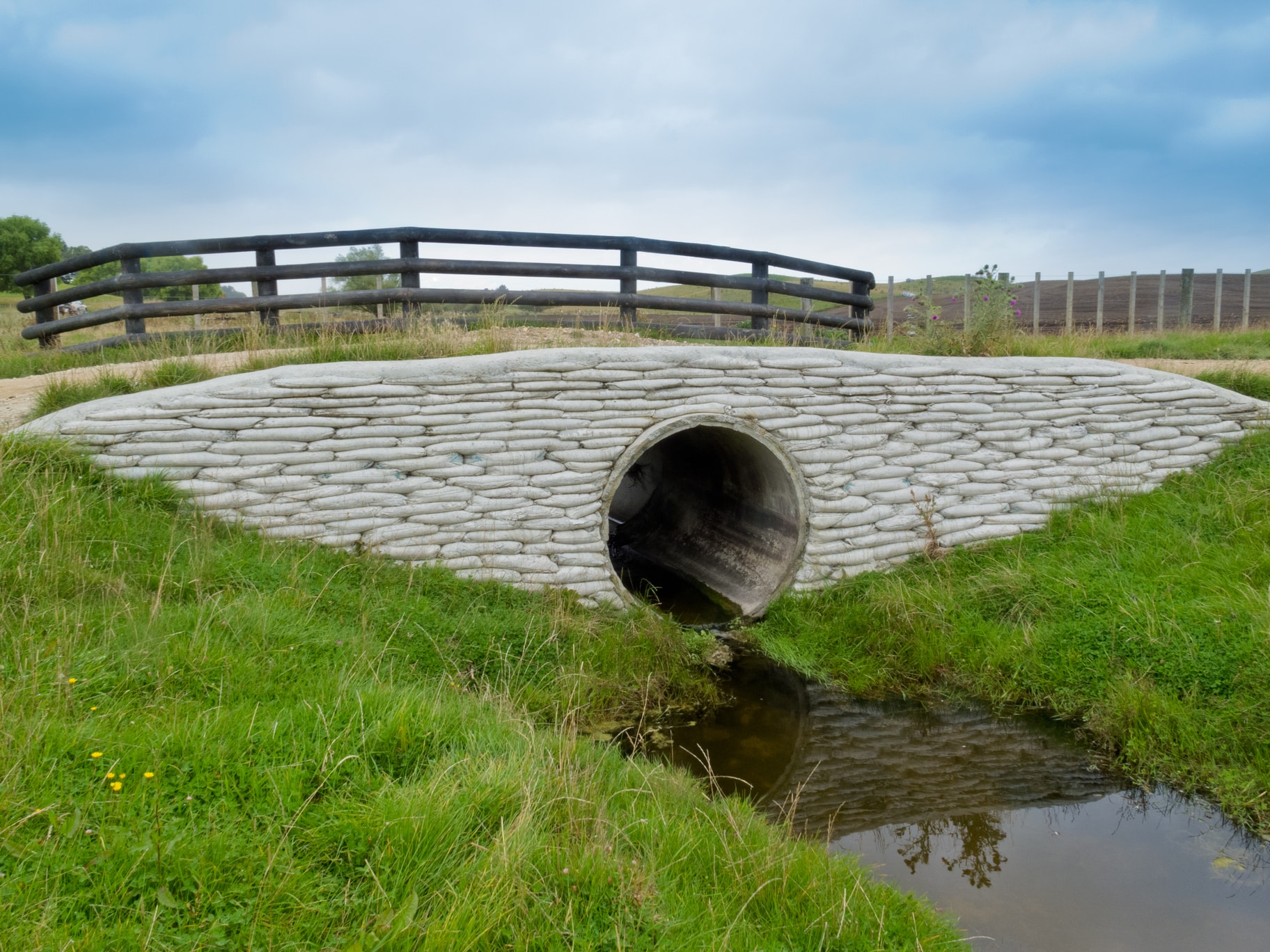Can You Improve Night Vision with an Aftermarket Headlight Retrofit in a Fiat 500?

As owners of Fiat 500, you’re undoubtedly familiar with the headlight system it comes with. The factory-installed halogen bulbs provide decent light but may sometimes fall short in terms of visibility, especially during nighttime drives. This can pose a safety concern and lead some to look for better lighting solutions. One such solution is an aftermarket headlight retrofit. But can it really improve night vision? Let’s delve into this matter and explore the options available for you.
Understanding the Basics: Halogen, LED, and Xenon Bulbs
Before venturing into the world of headlight retrofits, you must understand the different types of bulbs. The most common types of bulbs are halogen, LED (Light Emitting Diodes), and Xenon.
A voir aussi : How to Optimize the Rear Suspension for Towing in a Land Rover Defender?
Halogen bulbs have been the staple of automotive headlights for many years. They’re inexpensive and offer a reasonable light output. However, they also produce a lot of heat and don’t last as long as other types of bulbs.
On the other hand, LED bulbs are fast gaining popularity in the automotive world. They are energy efficient, produce more light, and have a longer lifespan than halogen bulbs. They also offer a clear, bright white light that resembles daylight, which can significantly improve visibility at night.
A lire aussi : How to Select the Perfect Dashcam for a Tesla Model S without Obstructing Visibility?
Xenon bulbs, also known as High-Intensity Discharge (HID) bulbs, are another option. They provide a bright, intense light that can reach further than halogen or LED bulbs. However, they can sometimes cause glare to oncoming traffic, and their installation usually requires a conversion kit.
The Pros and Cons of an LED Retrofit
An LED retrofit can offer a significant upgrade from the standard halogen bulbs in your Fiat 500. LEDs provide a brighter, whiter light that improves night vision. They are also more energy-efficient, meaning they won’t drain your car’s battery as quickly as halogen bulbs.
LEDs also have a longer lifespan than halogen bulbs, reducing the frequency with which you have to replace them. This can save you time and money in the long run.
However, retrofitting your Fiat 500 with LED headlights also comes with some challenges. LED bulbs require a different type of reflector or projector lens to properly focus the beam. If this is not installed correctly, the LED light can scatter, causing reduced visibility and potentially blinding other drivers.
Furthermore, not all LED retrofit kits are created equal. Some may not fit properly into the housing of your Fiat 500’s headlights, requiring additional modifications.
The Potential of Xenon Headlight Conversion
If you’re seeking a significant improvement in lighting, you might want to consider a Xenon headlight conversion. Xenon bulbs, or HIDs, produce an intense, bright white light that can significantly enhance visibility at night.
However, a Xenon conversion for your Fiat 500 is not a simple plug-and-play process like it is with LED bulbs. You will need a conversion kit that includes ballasts to provide the necessary voltage to the Xenon bulbs. The installation process can be complex and may require professional assistance.
Moreover, the powerful light emitted by Xenon bulbs can cause glare for oncoming traffic, especially if not properly installed and aligned. Therefore, it’s important to ensure that any Xenon conversion is done correctly to minimize this risk.
Fog Lights as Supporting Lighting System
Adding or enhancing the fog lights on your Fiat 500 could also improve your night vision. Fog lights are typically positioned lower and aimed closer to the ground, providing a wide beam of light directly in front of your vehicle.
Upgrading your fog lights to LED or Xenon bulbs can provide better illumination in poor weather conditions like fog, rain, or snow. This can make driving in such conditions safer, as you’ll be able to see the road more clearly.
However, remember that fog lights are not a substitute for headlights and should not be used on clear nights as they can blind oncoming drivers.
The Final Word
Improving the night vision in your Fiat 500 is possible with an aftermarket headlight retrofit. Whether you choose an LED retrofit or a Xenon conversion, both can offer superior light output compared to the stock halogen bulbs.
However, these upgrades require careful consideration. They may involve additional costs, complex installation processes, and potential legal considerations, as not all aftermarket lighting solutions are street-legal in all locations. Therefore, before making a decision, research thoroughly, ask for professional advice, and weigh the potential benefits against the drawbacks.
The Complexity of Installation
Making the leap from halogen to LED headlights or Xenon is not a simple endeavor. It is more than just swapping out one bulb for another. The complexity lies not only in the physical installation but also in ensuring that the conversion kit you choose is compatible with your Fiat 500 model.
LEDs and Xenon bulbs come with their unique setup requirements. LED bulbs, for instance, require a different reflector or a projector lens to accurately focus the beam of light. An improper installation can create a scattered, unfocused light, which may reduce visibility and potentially blind other drivers.
On the other hand, Xenon, or HID, bulbs require a conversion kit that includes ballasts to provide the necessary voltage. This makes the installation process even more complex and may require professional help.
Remember, not all conversion kits are created equal. Some may not fit correctly into the housing of your Fiat 500’s headlights, making additional modifications necessary. Some kits may not provide a clear, high beam light output, compromising your night vision.
Finally, while the initial cost of a conversion kit may seem high, it’s worth bearing in mind the long-term benefits. Less frequent replacements, better visibility, and in the case of LEDs, lower energy consumption all contribute to a more cost-effective solution in the long run.
Legal Considerations and Safety Aspects
The safety aspect is of paramount importance when considering headlight upgrades. It is not just about improving your own night vision but also the impact your headlights have on other drivers. For example, a low beam that’s too bright or poorly directed can blind oncoming drivers, causing a serious safety risk.
Xenon bulbs, for instance, emit a powerful, bright light that can cause glare for oncoming drivers if not properly installed and aligned. It’s essential to ensure that any Xenon conversion is done correctly to avoid this risk.
There’s also the question of legality. Not all aftermarket headlight upgrades are legal in every location. Each country has its own regulations regarding the acceptable light intensity and color for automotive headlighting. Therefore, it’s essential to do your homework before making a purchase to avoid potential fines or legal issues.
Conclusion
To sum up, yes, you can improve your night vision with an aftermarket headlight retrofit in a Fiat 500. Upgrades like LED headlights or a Xenon conversion kit can increase the light output, resulting in better visibility during nighttime drives. Additional enhancements like LED fog lights can also help improve visibility in poor weather conditions.
However, it’s not a decision that should be taken lightly. The complexity of the installation, the compatibility of the conversion kit with your vehicle, the potential impact on other drivers, and the legality of the upgrade are all factors to consider.
This is where a comprehensive guide comes into play. With the right information and professional advice, a Fiat 500 owner can make an informed decision about potential headlight upgrades.
In conclusion, as a Fiat 500 owner, your safety and that of other road users should always be your primary concern. Therefore, before making any modifications, ensure you have thoroughly researched all aspects. The goal should always be to enhance safety and improve driving conditions, not just to make your vehicle look cooler.
